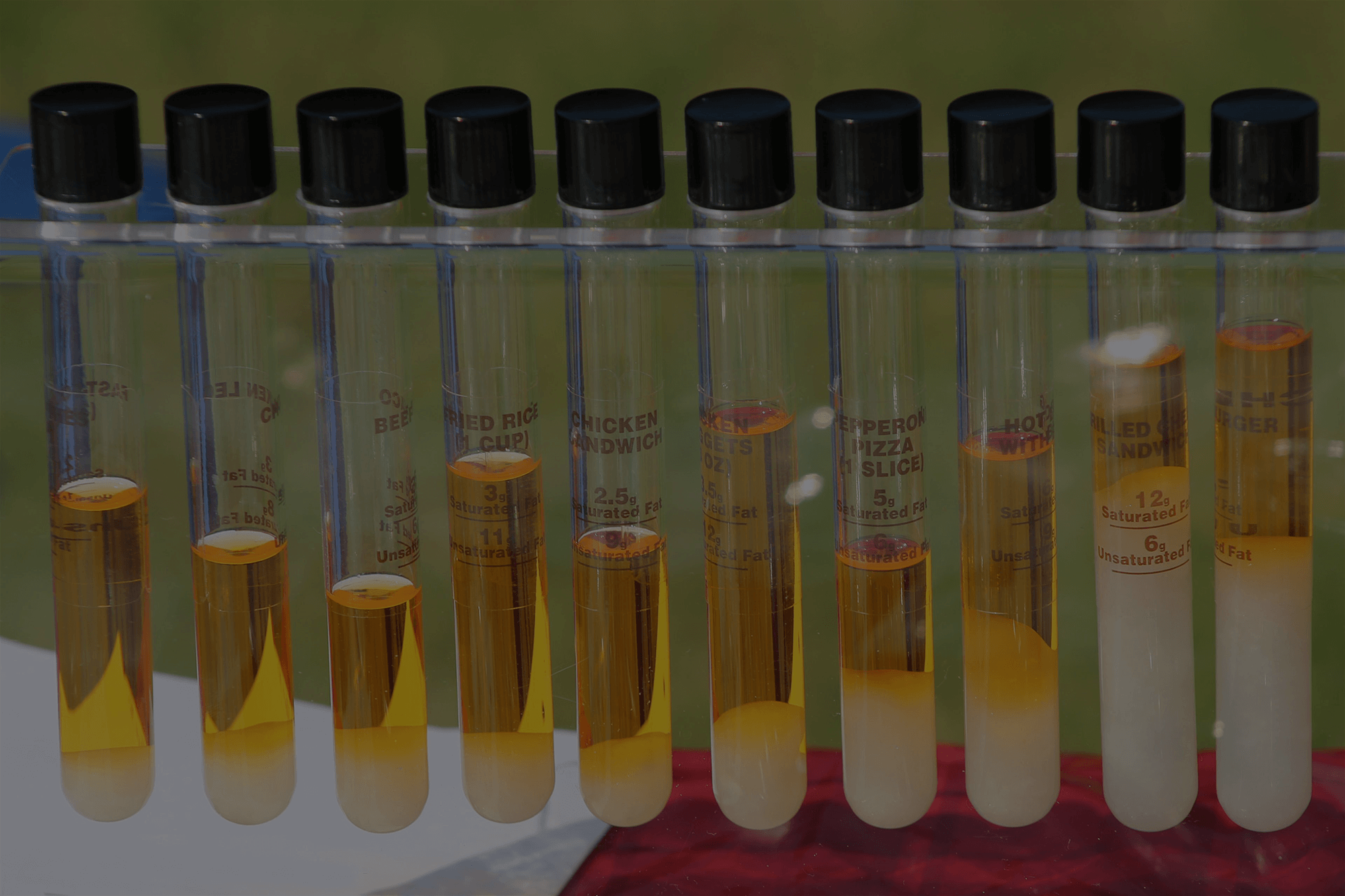The road to crushing it at internet marketing is paved with tiny truths, but every single step along the way begins with a lie.
The power of A/B testing
Over the past decade or so, A/B testing has become the golden standard by which new marketing ideas are tested and implemented by brands with an online presence.
Essentially, by using A/B testing, you’re continuously focus-group testing every change you apply to your website, email send-out, and so on. Headlines, body copy, images, even the website design and layout can be tweaked slightly and then have different versions of your pages served randomly to your visitors.
Imagine all the possibilities:
- Which gets more clicks: a headline that addresses visitors directly or not?
- Which drives more inquiries: Contact Us or Let’s talk about it?
- Which increases page visit duration: longer copy or adding more images?
A/B testing gives you an objective answer to all these subjective questions.
Notice how subject line B enticed 7 more persons to open this email.
You can easily compare visitors’ behaviour on one version of the page with another and draw informed conclusions about which approach proves superior.
No more educated guesses.
No more wild estimations.
From politics to marketing
It used to be that Madison Avenue influenced what happened on Capitol Hill, but those roles have been switched since the 2008 Obama presidential campaign.
During that monumental effort, the digital team that coordinated all the communications sent out on behalf of the Democratic front-runner made use of extensive A/B testing to optimise just about every aspect of their broadcasts.
From ads to emails to web pages, A/B testing yielded fascinating insights into voters’ behaviour. It was an instrumental technique for the Obama team to discover deadly effective ways to persuade people to contribute to their campaign’s coffers and shatter fundraising records.
Simply changing the image in this page lifted response by 19%. (Image: kylerush.net)
How A/B testing put a man in the White House… for a second term
Yes, they pulled off the exact same trick in the re-election campaign, would you believe it?
Thanks to one word.
“Hey.”
Extensive A/B testing showed that that combination of three letters was the most successful in getting people to open emails and respond to them.
The team ran hundreds of A/B tests which pitted different permutations of subject lines, headers and email body text. The best-performing combination of these elements pulled in a whopping 529% increase in contributions compared to other tests.
The magic of compounding
A small number, multiplied by a small number, multiplied by a small number, eventually results in a pretty substantial figure.
That’s how the Obama digital team obtained a three-digit percentage-point uplift in their conversion results.
Here’s how it works:
- Your best-performing email subject lines increases opens by 5%.
- Your best-performing copy boosts the number of people who read till the end by 7%.
- Your best-performing call-to-action increases click-through by 6%.
- Your best-performing landing page increases orders by 10%
I deliberately used small percentage increases. Now watch what happens when you fire off an email that combines all your best-performing elements:
5% x 7% x 6% x 2% = Combined 420% increase
That’s a jump from 30 people buying your product to having nearly 160 orders coming through after a single email blast.
And the results will more or less remain consistent with list size, so you can expect a typical response of 300 people to shoot up to 1,600, etc.

The second Systemato blog headline pulled in 16% more readers curious to find out about email marketing.
The science of conversion rate optimisation
Marketing nerds around the world now have a new discipline to test their mettle.
CRO involves disproving marketing hypothesis and finding more effective ways to make websites, emails, social media posts achieve better results.
The process is fairly straightforward, and the range of digital tools available to carry out A/B testing and collect data is within reach of everybody who wants cut-and-dried answers to even the most arcane marketing questions.
Like any good scientific experiment, the first step in CRO to develop a hypothesis (the lie we mentioned in the beginning) with two obvious conclusions: True or False.
Every hypothesis (A) is paired with a second one (B), and the two options battle it out Gladiator-style in the Coliseum of the interwebs.
What colour should the Contact button be?
1. Green: True or False (15 clicks)
versus
2. Red: True or False (27 clicks)
In this case, red is the tiny truth that emerged from this test.
The one, huge benefit of A/B testing
There are really no restrictions as to what kind of experiments you can make to improve the effect of your optimisation efforts on the conversation rates of your brand’s digital contact points with its followers.
But that’s not the only benefit.
The most ground-breaking aspect of A/B testing is that it allows you to challenge all your assumptions about the best way to market your business online, letting you replace speculation with a collection of online best practices courtesy of your visitors.
Every visitor to your website becomes an opportunity to optimise your website. Even those who stumble onto your page and promptly leave. There’s no failure, only feedback.
Moreover, thanks to the domino effect of combined improvements in conversion rates across different elements, you can take many tiny risks instead of putting all your eggs in one basket, letting data be judge, jury and executioner of the hypotheses you test.

